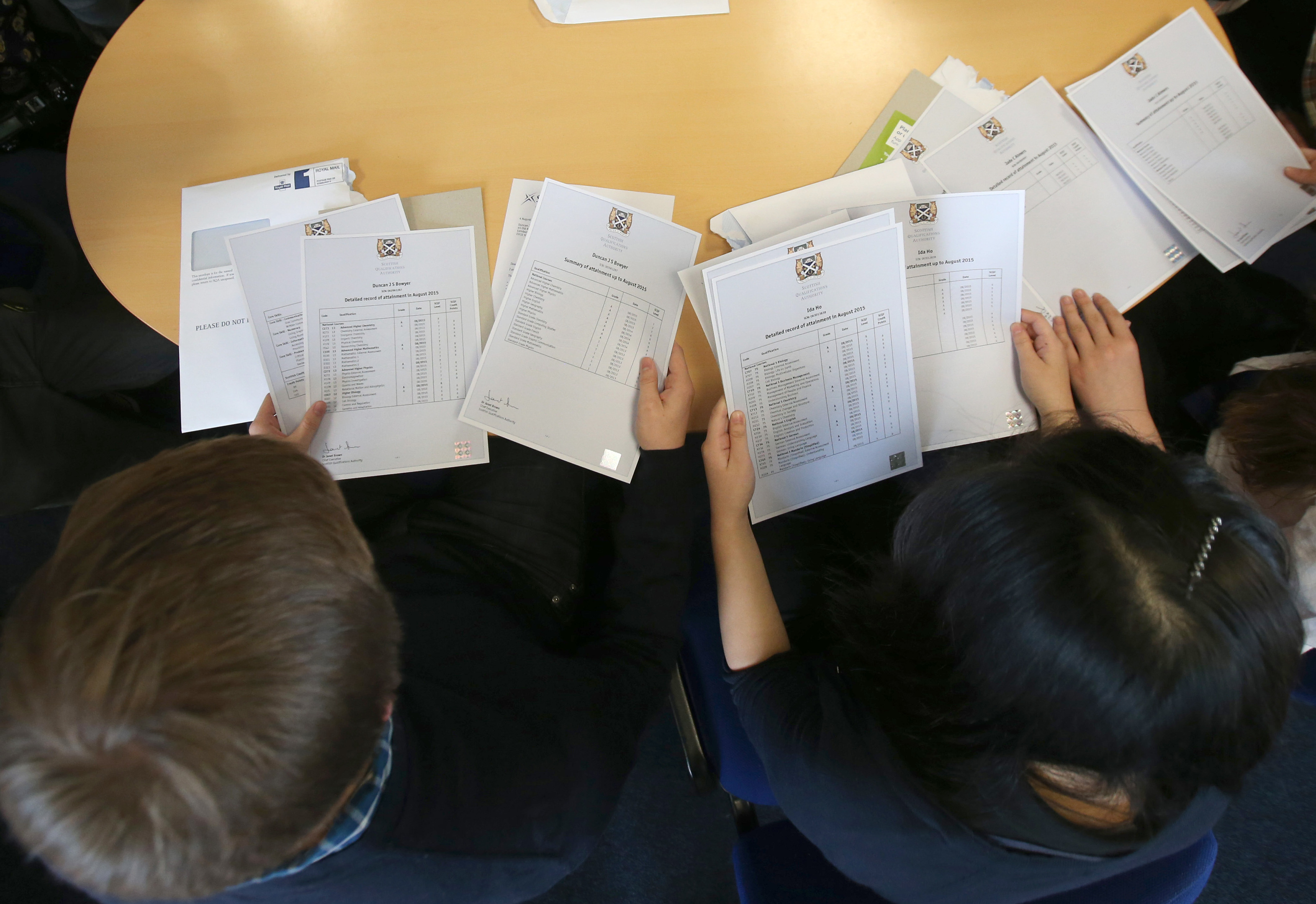High school teachers will hold a ballot on industrial action over teacher workload despite John Swinney’s efforts to offer teachers clearer guidance on the new curriculum.
The Scottish Secondary Teachers’ Association will send out the first postal ballots for action on September 14 with a closing date of September 30.
Education Secretary John Swinney published “streamlined” guidance on Curriculum for Excellence on Monday, designed to cut down on teacher workload.
Seamus Searson, SSTA general secretary, said: “The National Executive is very much aware of the efforts of the Deputy First Minister to address teacher workload and promote teacher professional judgement but teacher workload needs to be reduced in the current session.
“The SSTA wishes to acknowledge and welcome the Deputy First Minister’s determination to de-clutter the work of teachers and allow them to focus on teaching and learning in our battle of ‘closing the attainment gap’.
“However, The SSTA view is that teacher workload has and is unlikely to be significantly reduced in the current session, especially in the area of national qualifications and therefore, a formal ballot is necessary to protect its members.
“The SSTA asks for the intervention of the minister to work with local authorities the employers and SQA to refocus teachers on teaching and learning asks for urgent action to tackle excessive teacher workload.”
Euan Duncan, SSTA president, said: “Much of a teacher’s time is now taken up with SQA assessments and verification of assessments within their school and local area.
“Should any teacher decide to keep their working week within the ‘working time agreement’, the reality is that they would be unable to develop the necessary resources for learning and teaching.”
The SSTA completed an indicative ballot of its members, prior to the summer recess, to assess the measures proposed by the government to reduce teacher workload with a focus on the assessment required for national qualifications.
This was in response to SSTA members asking for some action to be taken to address the workload.
The ballot showed that members were unhappy with the proposals with 91% of respondents prepared to take industrial action short of strike action, and 64% prepared to take strike action if necessary.










